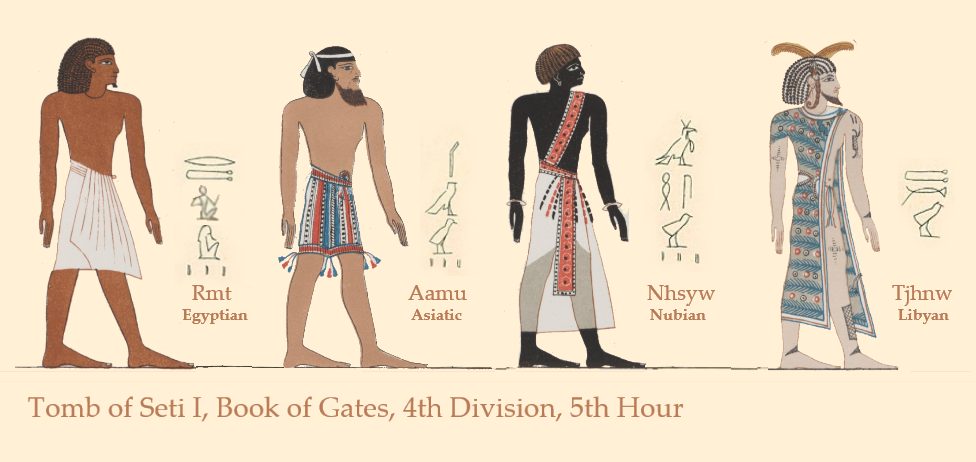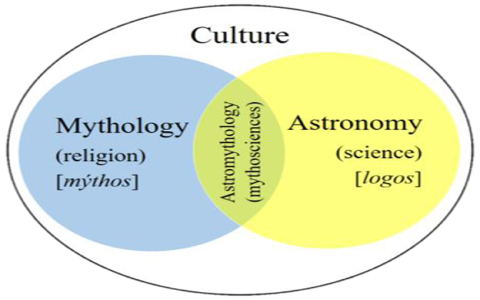This all started cause I saw folks arguing online about whether ancient Egyptians looked more like modern Egyptians or folks from further south in Africa. Everyone was shouting “they were black!” or “no, they weren’t!” but nobody seemed to actually have the receipts. Got me curious, right? Felt like a detective case. So, I decided to dig into what science really says. No opinions, just facts.
The Question That Started It
Was scrolling through my feed late one night. Saw this super heated debate pop up in a history group. People were posting memes, old paintings, even clips from documentaries – all claiming to “prove” their side about ancient Egyptians being black Africans or not. Honestly, it felt messy and emotional. I thought, “Man, this shouldn’t be about feelings. There’s gotta be some actual science on this skin color thing.” That itch to figure out the real deal got me hooked. Decided right then I needed to do my own research project.
Where I Went First
Okay, step one: hit the books. Well, online journals mostly. Typed in stuff like “ancient Egyptian DNA studies” and “skin color evidence Ancient Egypt” into the search engine. Found a bunch of academic papers and articles written by actual scientists and archaeologists.
- Grabbed coffee and opened tabs: Fired up my laptop the next morning, coffee mug in hand. Opened like twenty tabs! Read abstracts and key findings.
- Hit the library stacks: Yeah, I went old school too. Took a trip downtown to the big main library. Spent hours hunched over thick books about physical anthropology and Egyptian mummies in the dusty archaeology section. Felt like being back in college!
- Looked for the experts: Focused on studies by universities and research institutions. Ignored the random blog posts and activist sites on both sides. Needed solid, peer-reviewed stuff.
The Messy Middle Part
Here’s the part nobody talks about – it was confusing! Found evidence pointing in different directions. Kinda frustrating at first.

- Skin Tone Analysis (Hard): Scientists try to guess skin color from mummies using things like melanin levels in the skin itself (rarely survives super well) or the shape of the skull (some links between bone structure and ancestry). The papers were technical, full of terms I had to Google. Copy-pasted “melanin” and “craniometrics” a lot into search boxes.
- The DNA Game Changer: Then I stumbled on newer studies analyzing ancient DNA extracted from Egyptian mummies. This felt like hitting gold. These studies suggest ancient Egyptians had genetic markers similar to populations from the Near East (like modern-day Lebanon or Turkey) and also genetic links back to Northeast Africa. They weren’t like Europeans, and they weren’t genetically the same as people from West or Central Africa either. More like a mix closer to home.
- Art is Tricky: Looked at tomb paintings again with fresh eyes. Realized the skin colors artists used were symbolic, not photo-realistic! Egyptians painted themselves reddish-brown, Nubians (from further south) often darker black, Libyans lighter, Asiatics yellowish. It was about representing different groups, not accurate skin tones.
What Actually Came Out
After digesting all this, the picture is more complex than “black” or “white.”
- No, not like West Africans: Genetically, the ancient samples studied aren’t showing close ties to populations south of the Sahara. Doesn’t fit the “Black African” label in the way many use it today.
- Yes, African & Diverse: But they were absolutely Africans, located on the African continent. Their genetics show roots deep in northeast Africa and mixing with Near Eastern neighbors over thousands of years. The population wasn’t homogenous!
- Skin Tone Likely Varied: Based on the mix and the location? They probably had skin tones ranging from light brown to dark brown, similar to the diversity seen in modern Egypt and Sudan today. Not “black” by typical modern standards, but definitely not pale either.
Final Thoughts After All This Work
Phew. This was way deeper than I thought! The simple answer people fight over is actually kinda wrong on both extremes. Science isn’t saying ancient Egyptians were white Europeans, period. And it’s also not saying they were identical to groups from central or western Africa. They were a distinct population in northeast Africa, influenced by their neighbors, showing a mix of ancestry over time. Their skin color wasn’t one single shade across thousands of years and miles of the Nile. The whole “black or white?” debate feels like a modern argument stuck onto an ancient people.
Doing all this digging myself changed my view completely. Shows you gotta look past the noise and find the actual evidence. Science takes messy questions and gives messy, nuanced answers. But at least it’s real.









